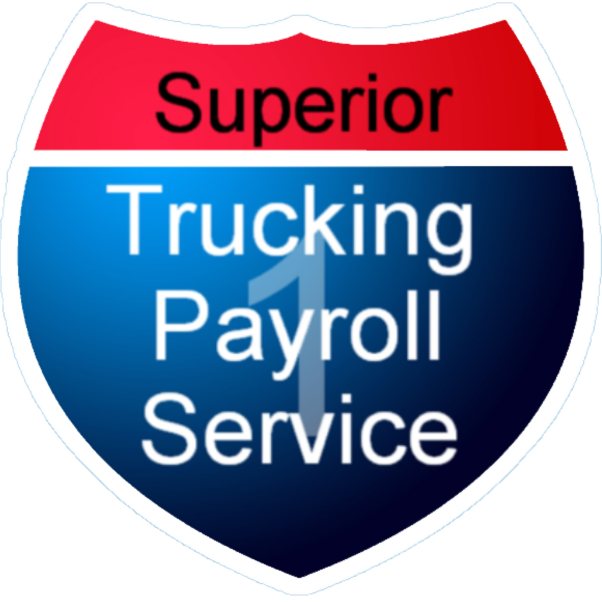Are your drivers leaving for better pay? Are you wondering...
Read MoreIt’s crucial for employers to comprehend how to pay per diem for workers who are operating outside of their regular workplace. Employees who travel for work are given per diem payments to cover the cost of their food, and other incidentals. If you manage payroll internally, it’s critical to adhere to the right processes to guarantee that per diem is paid accurately and in accordance with tax regulations.
Establish a per diem policy:
Establishing a clear policy detailing the per diem rates, the conditions under which per diem will be paid, and the documentation requirements for reimbursement is a good idea before you start paying per diem. All workers who might qualify for per diem payments should be informed of this policy.
Determine per diem prices:
The location and duration of the journey both affect the per diem rates. Per diem rates for government employees are published by the General Services Administration (GSA), and these rates can serve as a general benchmark for private employers as well. For tax reasons, you can also use the Internal Revenue Service‘s (IRS) per diem rates. You are not required to use these rates, and you are free to establish your own per diem prices in accordance with the spending limits and travel guidelines of your business. If you establish your own per diem rates for your business it is very important you do not over reimburse our employees. Reimbursing too much for per diem could get you in trouble with the IRS.
Include per diem payments on payroll:
Per diem payments are considered non-taxable wage. The best way to show the wage calculation to your employee is to run the per diem through your payroll. Detail out the full earned wage, subtract the per diem amount from this full wage. This way the employee will see their gross taxable wage, and understand this is the wage amount they are being taxed on. Then add the per diem amount back into the employee’s pay as a reimbursement (non-taxed).
Report per diem payments on W-2 forms:
At the conclusion of the year, per diem payments must be disclosed on employees’ W-2 forms. The employee’s full taxable wage must be reported in Box 1 (wages, tips, and other remuneration) then the non-taxable per diem wage in Box 12 (code L). (unsubstantiated employee business expenses).
Bottom line:
Paying per diem can be a difficult process, but it’s crucial to make sure you’re doing it the right way to comply with tax laws. You can pay per diem accurately and effectively by creating a clear policy, gathering evidence, calculating payments, including payments on payroll, and reporting payments on W-2 forms. If you need advice on any of the stages involved in paying per diem, contact us.
Tessa joined Superior Trucking Payroll Service in September 2022. She loves to write and make videos which made her a great asset to the team in her marketing position.
Before working at Superior Trucking Payroll Service she worked in IT at GVSU which gave her the skills to problem-solve with customers over the phone.
Contact Us!
The Hidden Payroll Scam Costing Trucking Companies Thousands
Would You Notice If Your Payroll Was Paying Someone Who...
Read More7 Smart Money Moves to Keep Your Trucking Company Profitable
Are you constantly waiting on payments while your bills pile...
Read MoreSecure Online Access to Your Pay Stubs and Tax Documents
As a truck driver, you know that every dollar counts....
Read MoreThe Trucking Payroll People Have a New Partner – Trucking Compliance Just Got Easier!
Helping Trucking Companies Find the Best Compliance Solutions DOT compliance...
Read More
